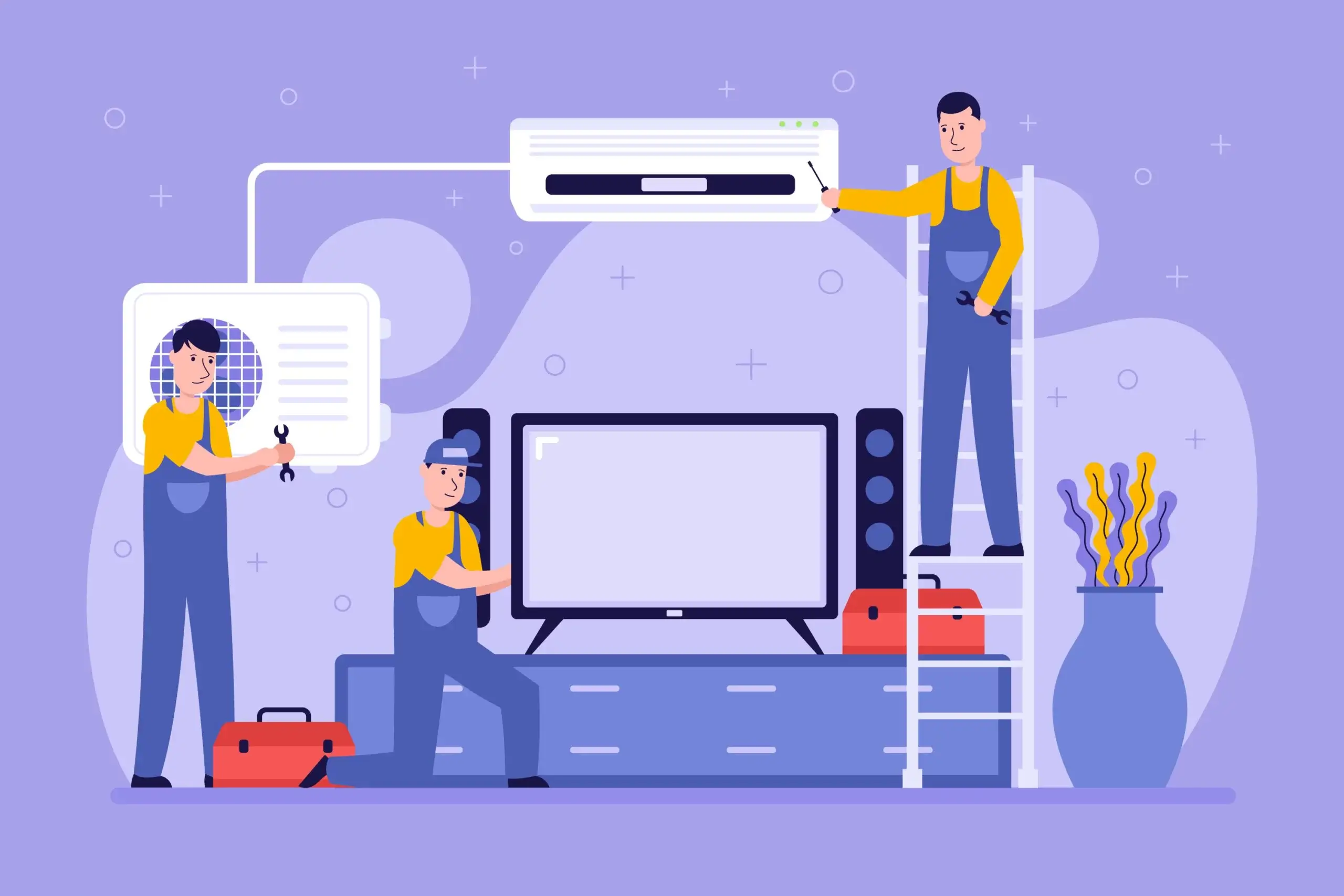As summer approaches, ensuring clean and fresh air circulation becomes crucial, and a properly maintained air conditioner plays a vital role in achieving this. One common issue that can arise is mold growth within the air conditioner, which can impact indoor air quality and pose health risks. In this blog, we will explore effective methods to clean your air conditioner and prevent mold growth, promoting a healthier and more comfortable environment.
Turn off the Power and Remove Filters:
Before starting the cleaning process, ensure the power to the air conditioner is turned off for safety. Begin by removing the air filters, typically located near the front of the unit. Wash the filters with mild soap and water, then allow them to dry completely before reinstalling.
Clean the Indoor Unit:
Using a soft cloth or brush, gently wipe the interior surfaces of the indoor unit, including the fins and coils. Remove any visible dust or debris that may have accumulated. Avoid using excessive force to prevent damage to the delicate components.
Clean the Drain Pan and Drainage System:
Locate the drain pan, usually beneath the indoor unit, and remove any standing water or debris. Clean the pan with a mixture of warm water and mild detergent to eliminate mold or bacterial growth. Ensure that the drainage system is clear by using a pipe cleaner or a brush to remove any clogs.
Treat with a Mold Inhibitor:
To prevent future mold growth, consider applying a mold inhibitor to the indoor unit’s surfaces. Consult the manufacturer’s instructions or seek professional advice to choose a suitable mold inhibitor. This helps inhibit mold spores from colonizing and thriving within the air conditioner.
Clean the Outdoor Unit:
If your air conditioner has an outdoor unit, it is important to clean it as well. Remove any leaves, debris, or obstructions from around the unit. Gently spray the outdoor unit with a garden hose to remove dirt and dust buildup. Take care not to use excessive water pressure, which could potentially damage the unit.
Schedule Regular Maintenance:
Regular maintenance by a qualified professional is essential to keep your air conditioner in optimal condition and prevent mold growth. Consider scheduling annual or bi-annual inspections and cleanings to ensure proper functioning and address any potential issues promptly.
Maintaining a clean air conditioner is vital for preventing mold growth and maintaining a healthy indoor environment. By following the cleaning steps outlined above and scheduling regular maintenance, you can ensure efficient air circulation, improve indoor air quality, and prevent the potential health risks associated with mold growth. Breathe in the freshness and enjoy the cool comfort of your air-conditioned space this summer!
Remember, if you are unsure about any specific cleaning procedures, it is always advisable to consult the manufacturer’s guidelines or seek professional assistance for proper maintenance and cleaning of your air conditioner.
Image by Freepik











